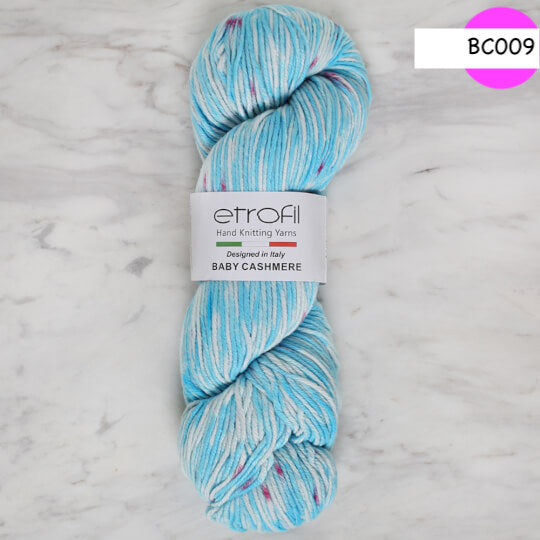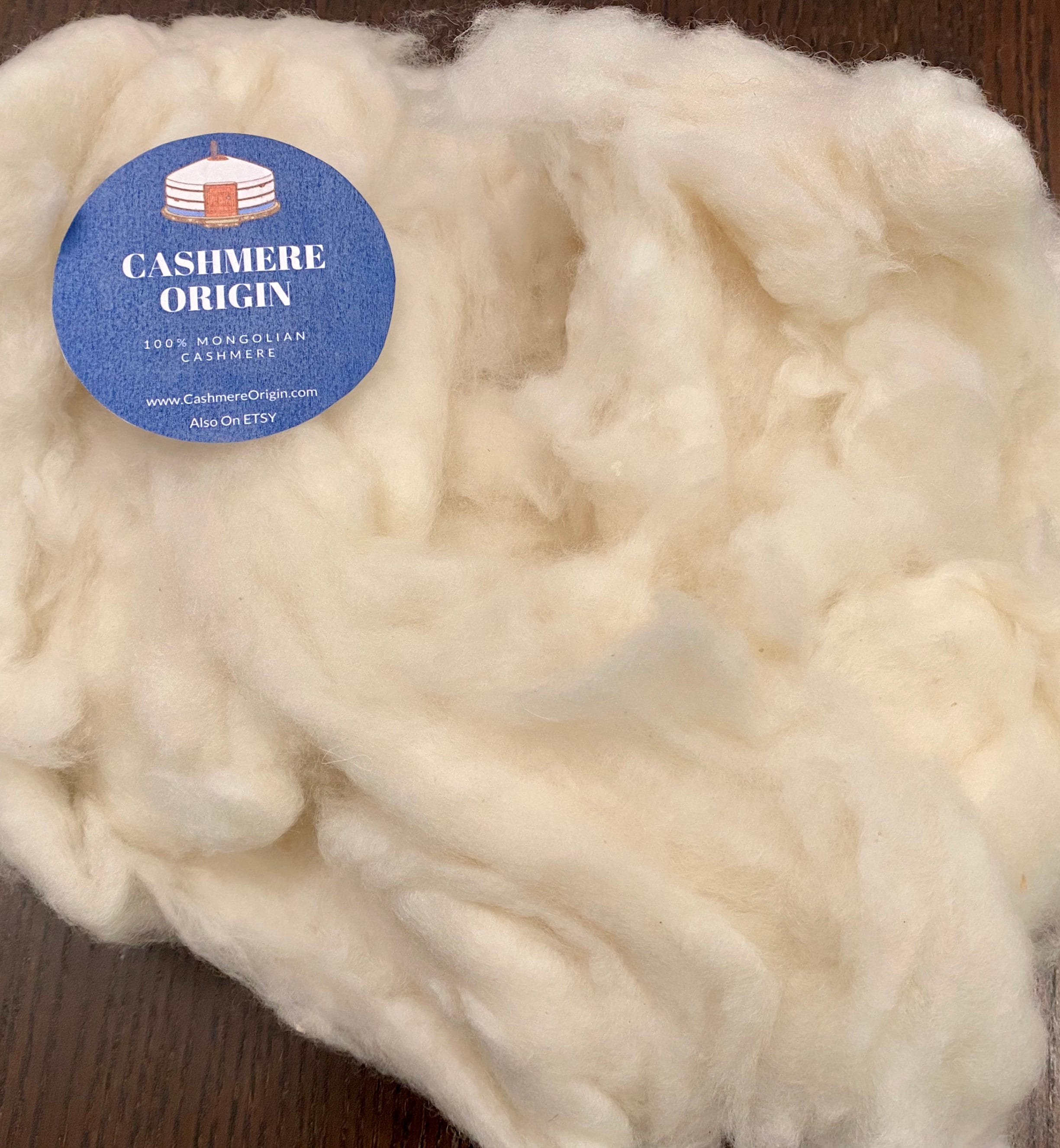Is Cashmere a Natural Fiber? Exploring Its Natural Origins and Uses
Is Cashmere a Natural Fiber? Exploring Its Natural Origins and Uses
Blog Article
Discovering the Different Kinds of Cashmere a Natural Fiber for Ultimate Deluxe
Cashmere, a natural fiber, is commonly linked with luxury and comfort. The a lot more affordable Chinese cashmere, the conventional Scottish variation, and the premium Italian mix, all inform a various story of this impressive fiber.
Understanding the Extravagant Nature of Cashmere
Cashmere, commonly associated with deluxe and comfort, holds an unique attraction in the world of all-natural fibers. Unlike other all-natural fibers, cashmere combines insulation with breathability, using unrivaled convenience across differing temperatures. Its glossy surface and soft appearance contribute to its high-end charm, warranting the costs rate that commonly comes with cashmere garments.
Just What Is Cashmere and Where Does It Originate from?

Cashmere is acquired from the soft undercoat of cashmere goats, largely found in Mongolia, China, Iran, and Afghanistan. This precise process contributes to the shortage and high price of cashmere. With its origin in the harsh landscapes of Asia, cashmere is a testament to nature's capacity to produce high-end from difficulty.
Decoding the Various Kinds Of Cashmere
Understanding the various sorts of cashmere is key to appreciating the top quality and distinct features of this glamorous textile. Generally, cashmere is categorized into three kinds: raw, virgin, and reused. Raw cashmere is straight obtained from the goat and is unprocessed. This type commonly includes contaminations such as dirt and coarse hair. Virgin cashmere, on the other hand, is the pure, unrecycled material that is spun right into yarn for the very first time. It is the softest and most lavish. Finally, recycled cashmere is made from virgin material that has been previously utilized. It is re-spun and utilized in creating lower-cost cashmere items. Translating these kinds is the very first step in understanding the exclusivity and worth of cashmere.

The Distinct Features of Each Type of Cashmere
Having explored the different groups of cashmere, it becomes evident that each kind flaunts its special set of qualities. Mongolian cashmere, for example, is renowned for its superior quality, due to Mongolia's harsh winters that produce longer and finer fibers. Conversely, Chinese cashmere is often more inexpensive, though its shorter fibers can reduce sturdiness. Scottish cashmere is commemorated for its elegant soft qualities, an outcome of the traditional water washing procedure utilizing Scotland's soft water. Italian cashmere, on the other hand, is well-known for its masterful mixing and coloring techniques, making it functional and lively. Indian cashmere, also cashmere known as Pashmina, is cherished for its extraordinary lightness and warmth. Each kind, thus, adds to the material's credibility for luxury.
Why Cashmere Is the Epitome of High-end in vogue
Cashmere holds a prestigious placement worldwide of fashion, considered a symbol of high-end and refinement. Its allure is not just in its gentleness and warmth, but likewise in its rarity and the meticulous process included in its purchase. Cashmere is derived from the fine undercoat of Himalayan goats, understood for their exceptional high quality fiber. The deficiency of this fiber, combined with the labor-intensive process of collection, adds to its high cost and unique standing. In addition, cashmere's exceptional convenience and longevity make it a sought-after material in the development of high-end garments. Its all-natural lightweight and insulating buildings contribute to its value, making it the embodiment of luxury in style.
The Refine of Making Cashmere: From Goat to Garment
The journey of cashmere, from being an undercoat of a Himalayan goat to an elegant garment, is an intricate one. This blend is after that meticulously divided, with just the soft down used for cashmere. From goat to garment, each action is a testimony to the ability, virtuosity and patience entailed in crafting cashmere.

Conclusion
To conclude, cashmere, with its all-natural sophistication and exceptional comfort, rules supreme worldwide of high-end fashion. The variety in kinds, varying from the soft Mongolian, lightweight Indian Pashmina, budget-friendly Chinese, conventional Scottish, to the colorful Italian, discloses the adaptability of this natural fiber. The meticulous process of changing it from a goat to a garment even more contributes to its exclusivity, making cashmere the embodiment of sophistication and deluxe.
Cashmere, a natural fiber, is often linked with luxury and convenience (is cashmere a natural fiber).Cashmere, usually connected with luxury and convenience, holds an unique attraction in the world of all-natural fibers. Unlike other natural fibers, cashmere combines insulation with breathability, offering unequaled comfort throughout varying temperature levels. Cashmere is derived from the soft undercoat of cashmere goats, mostly found in Mongolia, China, Iran, and Afghanistan. Cashmere is derived from the great undercoat of Himalayan goats, recognized for their exceptional top quality fiber
Report this page